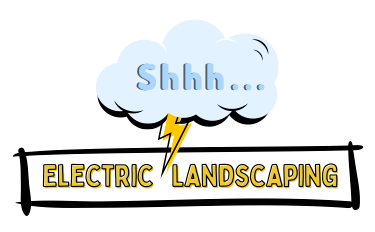Keeping Your Lawn Lush During a Heatwave: Tips for Homes With and Without Sprinkler Systems
When the temperatures soar, keeping your lawn green and healthy can be a challenge. Heatwaves can stress your grass, leading to dry, brown patches unless proper care is taken. Whether you have a sprinkler system or not, there are effective strategies to maintain your lawn during extreme heat. Here are some essential tips to help your grass thrive through a heatwave.
1. Watering Wisely
With a Sprinkler System:
If you have a sprinkler system, set it to water your lawn early in the morning. This timing prevents water from evaporating too quickly under the midday sun and helps reduce the likelihood of fungal diseases that can occur when watering at night. Aim for deep, infrequent watering that moistens the soil to a depth of about 6 inches, which encourages deeper root growth and greater drought resistance.
Without a Sprinkler System:
For those without a sprinkler system, manual watering can still be very effective. Use a garden hose with a spray nozzle or a portable sprinkler to cover areas evenly. Like with a built-in system, water early in the morning and aim for the soil to be moistened to the same depth of about 6 inches. This might require moving a portable sprinkler around to ensure even coverage.
2. Mowing Practices
Avoid cutting your grass too short during a heatwave; taller grass blades provide shade to the ground below, reducing water evaporation from the soil. Raise the blade on your mower to the highest setting that is appropriate for your type of grass. A good rule of thumb is to never remove more than one-third of the grass blade in a single mowing session.
3. Mulching
Whether you have a sprinkler system or not, mulching can greatly assist in retaining soil moisture. Leave grass clippings on the lawn after mowing to act as a natural mulch, or apply a thin layer of organic mulch around the base of your plants. This not only helps retain moisture but also adds nutrients back into the soil as it decomposes.
4. Avoiding Fertilization
Skip fertilizing during a heatwave. Fertilizers can promote new growth, which can be stressful for plants when water is scarce and temperatures are high. Wait until the weather cools to fertilize, ensuring that your lawn is receiving adequate moisture.
5. Monitoring and Adjustments
Regularly check your lawn for signs of stress, such as wilting or discoloration. If you have a sprinkler system, adjust it according to the weather forecast and any signs of stress in your lawn. Those watering manually should also be flexible, increasing water frequency slightly if the grass shows signs of drought stress.
By following these tips, you can help your lawn not only survive a heatwave but continue to thrive. Whether you have the latest in sprinkler systems or are maintaining your lawn with manual methods, understanding and adapting to the needs of your grass during extreme weather conditions is key to keeping your landscape healthy and vibrant.
All Rights Reserved | Shhh Electric Landscaping
